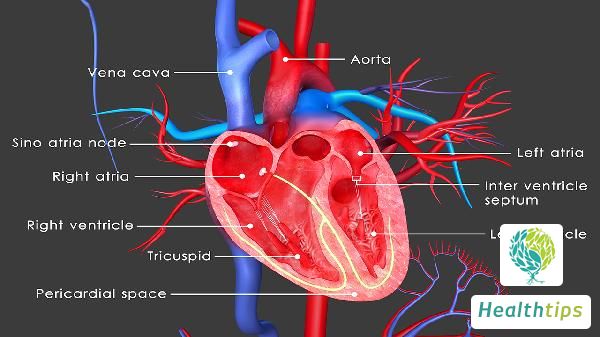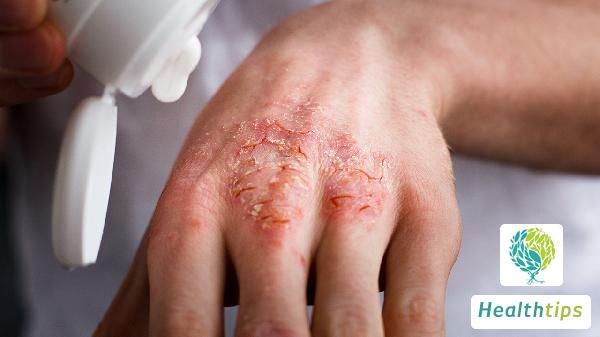Is it Possible to Correct Teeth at Age 33?

Everyone loves beauty, especially as people's living standards continue to improve, many people place greater emphasis on their appearance. Some individuals with misaligned teeth choose to visit the hospital for orthodontic treatment. However, some people may have concerns about whether orthodontic treatment is still possible at age 33. In fact, there is an optimal age range for orthodontic treatment, and it is important to understand the relevant information. So, is it possible to correct teeth at age 33?
Yes, orthodontic treatment is possible at age 33. You need to visit the dentistry department of a hospital for consultation and treatment. This process involves taking impressions, radiographs, and measurements to develop a suitable orthodontic treatment plan. Fixed orthodontic appliances are then selected for correction. The general cost is approximately 10,000 to 15,000 yuan, and the treatment usually takes about 2 to 3 years. Whether or not there will be tooth loosening depends mainly on the length of the tooth roots, and generally, tooth loosening does not occur.
1. Consulting a Dentist: Everyone's teeth are different, and the expected goals of orthodontic treatment also vary. Therefore, it is important to consult a dentist at a dental hospital based on your individual situation to determine the approximate difficulty and cost of treatment.
2. Radiography and Impression Making: After deciding on orthodontic treatment, it is necessary to take panoramic radiographs or CT scans of your teeth and make impressions according to the requirements.
3. Designing a Treatment Plan: The dentist will design a treatment plan based on the radiographs, impressions, and the patient's individual needs. During this process, the dentist will consider the patient's situation and communicate with them in real-time.
4. Tooth Extraction: In some cases, tooth extraction may be necessary during orthodontic treatment. Therefore, unnecessary teeth may need to be removed before the correction phase to provide space for tooth movement and improve overcrowding.
5. Wearing Braces: After tooth extraction, braces will be worn according to the designed treatment plan. Initially, patients may feel discomfort, which requires a certain degree of tolerance.
6. Follow-up Visits: Wearing braces is not a one-time solution. Patients need to attend follow-up visits at regular intervals because the force of the braces needs to be adjusted continuously throughout the different stages of correction to ensure that the teeth are aligned correctly. Failure to attend follow-up visits regularly may result in poor orthodontic outcomes.



















